Popular Kitchen Designs: Open Floor Plan Kitchens
Open floor plans for the kitchen are extremely popular today. It is the most requested design we see during our kitchen remodeling consultations, it...
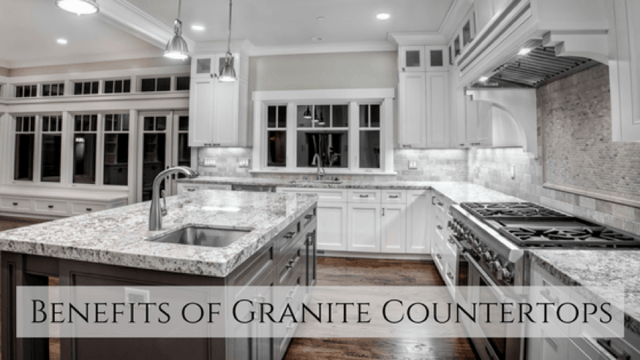
Kitchen countertops are the centerpiece of large kitchens. The right countertop material can draw more attention than cabinets or your kitchen appliances. But how do you choose the right countertop material? It might sound easy but choosing the right kitchen countertop is harder than it sounds, there are so many materials for kitchen countertops to choose from like quartz, quartzite, granite, concrete, marble, wood, and laminate. The right countertop material should be elegant, durable, and should be easy to clean. When it comes to kitchen countertops, granite offers the most benefits. Granite countertops are one of the most popular kitchen countertop options in Los Angeles. We’ve written this blog article to help you with your kitchen remodeling project, so you can design and build the kitchen you have always dreamed of. Our experience in designing and building hundreds of kitchen remodels in the South Bay region of Los Angeles makes us the best source for home remodeling tips.
 (granite is easy to clean – no harsh chemicals needed)
(granite is easy to clean – no harsh chemicals needed)
Granite countertops are beautiful and easy to clean, making them one of the best options for kitchen countertops. Granite is scratch resistant, stain resistant, heat resistant, and easy to take care of. Choosing the right color for your kitchen counters is a matter of personal taste. You’ll have no trouble finding a slab of granite that fits the look you are going for. When considering a solid countertop, you should always start with granite. Granite slabs are the polished sheets of stone that your granite countertops start from. But know that you’ve decided on granite, it’s time to choose the right color and edge combination for your kitchen. Granite edges might go unnoticed by most people, but those with peculiar taste will know that details like edges matter. As a non-porous stone, granite is also resistant against bacteria. If cleaned and maintained properly, your granite stone can help you against bacteria during food preparation. When using granite as a food preparation surface you should take special care to disinfect your countertops daily, because traces of fats and proteins can harbor bacteria if not cleaned thoroughly. Just keep in mind that the characteristics and performance of granite may vary by the color of the stone:
Light granites usually have swirling or flowing patterns. They may also have randomly placed crystals, large and small. These granites hide messy counters well. Light granites are often more porous and softer than darker colors. Light colored granites require sealing with multiple coats of penetrating sealer before use.
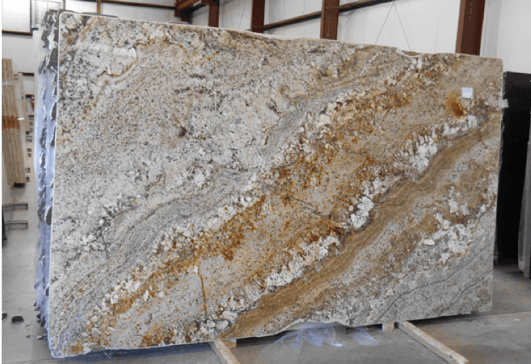 (Light Amarone Granite – image courtesy of Houzz)
(Light Amarone Granite – image courtesy of Houzz)
Dark granites are more subdued than the lighter ones. They are also more consistent in crystal pattern. Dark granites usually require few or no coats of sealer.
Black granite such as Galaxy Black or Absolute Black is not really granite but rather a gabbro or dolomite. It performs better than true granite because it requires no sealing, and is very consistent.
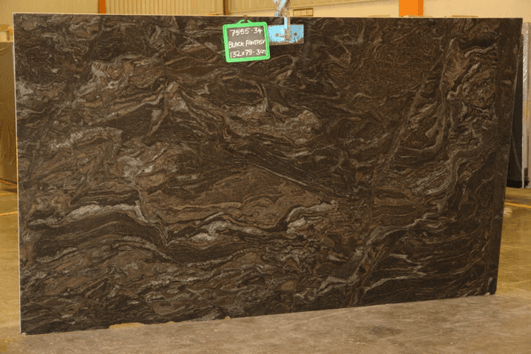 (Dark Colored Granite Slab – image courtesy of MSI International)
(Dark Colored Granite Slab – image courtesy of MSI International)
When selecting an edge profile for your granite countertops, it’s important to consider how the characteristics of your chosen stone might influence your decision. Stones with bold, dramatic patterns—like many exotic granites and marbles—often look best with a simple edge profile. Intricate or elaborate edges can disappear visually against the striking variations in the stone, and unique contours can be challenging to finish smoothly on more complex patterns.
If your granite has a consistent pattern or a subtle appearance, you have more flexibility to choose decorative or premium edge styles without worrying that the edge detail will be lost. However, keep in mind that as you move up in complexity with your edge profile, it may have an impact on durability, ease of cleaning, and available countertop space.
Ultimately, your edge should suit your style, complement the stone, and function well in your kitchen. Be sure to factor in not only appearance, but also practicality and what’s technically possible with your selected slab. And, as always, consult with your installer to make sure your preferred-edge can be crafted on the stone you love.
After choosing the slab for your countertop, it’s time to choose the kind of edge you want for it. Stone edges are a design element that you choose prior to fabrication. The edge that you choose can have a dramatic impact on the look and feel of your kitchen and countertops. There are so many choices to choose from. Depending on the shape, it will affect cost, function, and cleanliness. Choosing a premium or custom edge requires professional installation that only experienced master masons can install.
When considering your options, keep in mind that the more intricate and decorative an edge, the less practical it tends to be in terms of durability and countertop space. While premium edges can look stunning, they often sacrifice some functionality for aesthetics. A big part of selecting an edge really comes down to whether you love the look.
It’s also worth noting that the wilder and more dramatic granites and marbles—those with lots of color variation and bold veining—tend to pair best with simple edging. Intricate contours are difficult to polish on these stones, and a simple edge lets the natural beauty of the stone take center stage.
Ultimately, the best way to approach your decision is to weigh all the factors: Does the edge style fit your space? Is it practical and durable enough for your needs? Most importantly, do you love it? And, of course, always check that your chosen edge can be fabricated on your specific stone.
Our team includes masons with years of experience installing high-end countertops.
While options like the Half Round or Eased edge are versatile and practical, seeing these profiles up close really makes a difference. Photographs and samples often don’t capture the subtle variations in thickness, curve, and finish that can dramatically impact the overall look and feel of your countertops.
Viewing edge styles in person lets you appreciate their proportions and how they play with different lighting and stone types—especially when comparing sleek profiles like the Full Bullnose to more ornate styles such as the Ogee or Dupont. You’ll also be able to touch the edges, which gives you a better sense of comfort and functionality—important with often-used surfaces in kitchens and bathrooms.
So, before making your decision, it’s wise to visit a showroom and explore these options firsthand, ideally on full-size slabs or displays featuring various stones like Uba Tuba, Blue Pearl, or Bianco Romano. This tactile, real-world experience ensures you choose an edge that fits your space and style—no surprises when installation day arrives.
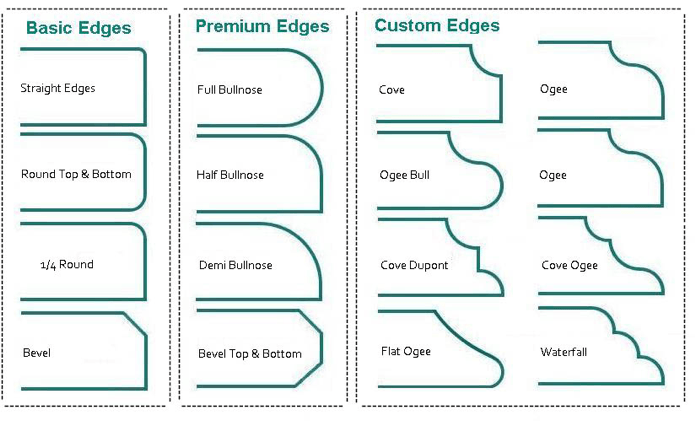
(Typical Countertop Edges)
When it comes to selecting an edge profile that will work well in just about any kitchen, the Half Round edge is tough to beat for sheer practicality. This edge style softens the sharpness of the counter, helping with both safety and ease of cleaning—no tricky corners for crumbs or spills to hide in.
On the other hand, if you're looking for an edge with maximum versatility and a clean, modern look, the Eased edge is a go-to choice. Its simple, squared lines give a crisp finish that blends effortlessly into most kitchen designs, whether you're leaning traditional or contemporary. Both options are popular for a reason—they balance form and function perfectly while keeping maintenance a breeze.
If you’re searching for an edge profile that works across the board, the eased edge is your top contender. Its minimalist design—with gently rounded top and bottom corners—offers a clean, modern look that complements both contemporary and classic kitchens. Because the corners are softened, it helps prevent chipping and stands up well to the everyday bumps and knocks of a busy kitchen.
Eased edges also adapt beautifully to virtually any stone, including ultra-durable quartzite, making them a practical choice whether your slab is granite, marble, or beyond. When flexibility and longevity are at the top of your wish list, the eased edge fits the bill perfectly.
This edge is most commonly used on backsplashes but can also be used on countertops to give it a clean look. Eased edge offers a square flat face with the sharp edge on top rounded slightly. Sometimes, the eased edge is rounded enough to be called a quarter round granite edge.
With its gently rounded tops and bottoms, the eased edge strikes a balance between modern style and practical durability, helping resist chipping better than sharp profiles. It presents a thick, full appearance that works well with a variety of stones—including granite, marble, and especially quartzite, whose extreme hardness makes the eased edge the go-to choice. Its chip resistance is moderate, making it suitable for both simple and complex stones. This edge is especially popular in modern homes where understated design lets the beauty of the stone shine as the main attraction.
 (image courtesy of RE Marble & Granite)
(image courtesy of RE Marble & Granite)
The half bullnose edge can also be called half round edge because instead of being squared off, it is rounded over.  It offers a smooth and round surface. It shows a larger cross section of your stone.
It offers a smooth and round surface. It shows a larger cross section of your stone.
The half round edge features a softly curved top with a flat underside, giving countertops a smooth and inviting profile. This edge stands up well to everyday bumps and scrapes, making it a practical choice for busy kitchens or high-traffic bar areas. Its durability, combined with a gentle finish, means it’s both stylish and well-suited for spaces where resilience matters.

This is not the half bullnose. This edge is very smooth, flowing and shows a larger cross section of the countertop making it appear thicker. This edge is usually the least expensive treatment that gives you similar rounding to the half bullnose.
The full bullnose has the most contemporary look of all the granite countertop edges. A side view of full bullnose  shows the shape of a half circle. The full bullnose is gentle on the body and has no edges. It tends to make the countertops look thinner.
shows the shape of a half circle. The full bullnose is gentle on the body and has no edges. It tends to make the countertops look thinner.
This edge style is a true classic, admired for its durability and versatility—it can be done on most types of stone. The rounded profile, smooth on both the top and bottom, not only softens the overall feel but also means you won't catch yourself on any sharp corners. One thing to keep in mind: spills tend to roll right over the edge and can drip directly into your cabinets below, so a little caution goes a long way. The full bullnose edge works especially well in traditional homes, particularly in kitchens where a seamless, timeless finish is desired.
Bevels are 45-degree cuts into the edge of the stone. The deeper the cut, the wider the bevel face is. 
The half bevel edge features a clean, modern angle—think of the upper edge sliced off at about 45 degrees, rather than smoothly rounded as with a half bullnose or demi bullnose. This subtle plane provides a crisp transition while maintaining some chip resistance, making it a versatile option for high-traffic areas.
You’ll often find the half bevel edge used in contemporary kitchens and bar countertops, where its tailored look complements modern cabinetry and fixtures. It pairs well with most stone varieties and offers a gentle nod to sophistication without being too ornate.
From the side, an ogee edge forms the shape of an "S". This is often the most elaborate edge offered by granite  fabricators. Ogee is used to achieve a more traditional look.
fabricators. Ogee is used to achieve a more traditional look.
While undeniably elegant, the ogee edge comes with a few practical considerations. The top curve is sharper than most other edges, which makes it more prone to chipping. It also takes up about ¾” of countertop space, so it may not be the best choice if you're working with narrower surfaces. Due to its intricate profile, not all stone types are recommended for ogee edging—complex stones can be challenging to polish well, and the process itself requires significant force. For these reasons, ogee edges are best reserved for traditional homes, especially in bathrooms or as a statement feature on kitchen islands.
Also known as the "Bird's Beak", the Dupont edge looks like a demi bullnose with a notch at the top. It may tend to chip depending on the stone. More elaborate profiles can be made with special router bits like this Triple Waterfall. Real craftsman can create an unlimited array of edges by gluing together different profiles.
To achieve a more natural or rustic edge the stone has to be chiseled. Some fabricators chisel this edge by hand. Others may use pneumatic chiseling machines. The chiseled edge is rough and looks like a naturally broken piece of granite. It is slightly smoothed and sprayed with a clear coat finish for shine.
While this raw, organic look adds a striking feature to bars, outdoor counters, or hearths, it’s worth noting that it can be expensive due to the labor and stone strength required. Not every stone can withstand chiseling—only the tougher varieties are suitable for this edge treatment. Although the profile appears rugged, most of the roughness is taken down by polishers, so the edge is more about appearance than texture. Because of its distinctive look, the chiseled edge is most often found on outdoor counters, bars, and fireplaces, rather than in kitchens where smoother profiles are typically preferred.

A laminated edge refers to the process of gluing two stone edges together, creating the impression of a much thicker countertop. This decorative option is often chosen for its bold, dramatic presence—perfect for those who want their kitchen island or breakfast bar to stand out. Laminated edges do require extra material and skilled craftsmanship, making them one of the pricier—and heavier—choices available.
thicker countertop. This decorative option is often chosen for its bold, dramatic presence—perfect for those who want their kitchen island or breakfast bar to stand out. Laminated edges do require extra material and skilled craftsmanship, making them one of the pricier—and heavier—choices available.
Best applications: Laminated edges shine in focal points like kitchen islands or accent tables, where their robustness and visual impact create a lasting impression.
The Palladio edge brings a touch of subtle elegance, thanks to its gently rounded face and its fullness peaking at the center of the profile. While quite close to the eased edge in appearance, the Palladio adds just a bit more ornamentation, giving countertops a refined—yet not overly ornate—character.
the center of the profile. While quite close to the eased edge in appearance, the Palladio adds just a bit more ornamentation, giving countertops a refined—yet not overly ornate—character.
In terms of durability, it’s worth noting that the edges are a bit sharper at the top, so there’s a slightly higher chance of chipping compared to the more fully rounded profiles. However, the Palladio edge can be applied to most types of stone and works especially well in spaces where a hint of detail is welcome, but you aren’t looking for anything too elaborate.
Recommended for:
Bathrooms, where a softer, decorative touch suits the space
Bar tops, where a little visual detail enhances the overall design without being fussy
Want to Learn More?
If you want to learn more about kitchen & bathroom remodeling I have over 200 articles for you to learn the ins-and-outs of home remodeling in the South Bay. Here are some articles that I think you will find useful.
For over 15 years Bay Cities Construction has helped hundreds of homeowners with their home remodeling projects, helping them transform their house into a home they love. Our team has the experience and expertise to help you with home remodeling, kitchen remodeling, bathroom remodeling, home additions, soft-story retrofits, and home additions. When you hire Bay Cities Construction you don’t just hire a contractor, you also hire an entire team of Pros. With several years of experience, our team has the expertise to help you with Interior Design, Architectural and Engineering Services, City Representation, Permit Processing, Construction Project Management, and Construction services. If you think Bay Cities Construction is the right team for you, contact us today.
| Ready to take the next step? We’re certain that Bay Cities Construction is the best general contractor for your project, you can Schedule an Appointment by clicking HERE. We offer a complimentary 1-hour consultation at our office so you can meet our team and we can discuss your home remodeling project. Our team of Pros can help you design and build the kitchen of your dreams. If you have been disappointed by other contractors, it's time to call one of the best home remodelers in the South Bay. |
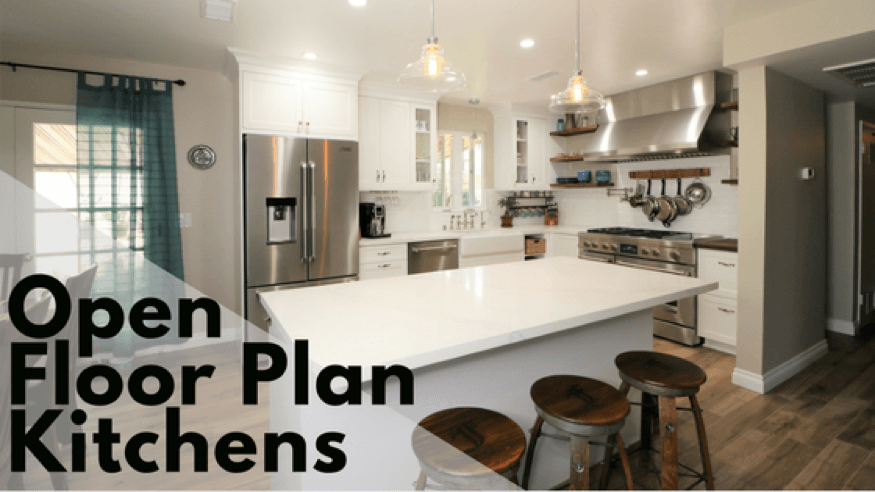
Open floor plans for the kitchen are extremely popular today. It is the most requested design we see during our kitchen remodeling consultations, it...
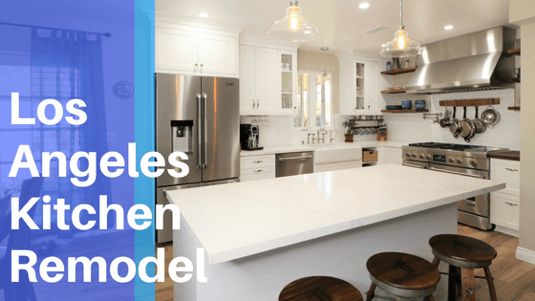
Los Angeles is a different type of place, especially when it comes to home remodeling. Glitz and glamour are not just reserved for the red carpet,...
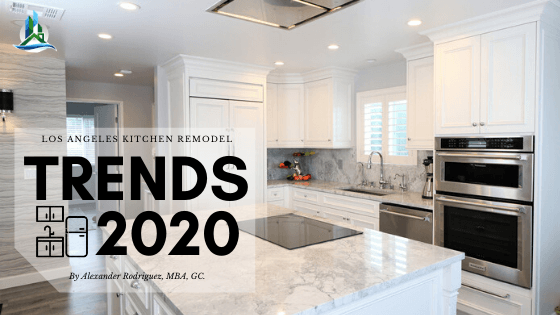
Happy New Year, as we enter a new decade, homeowners are considering ways to give their kitchen a new look.